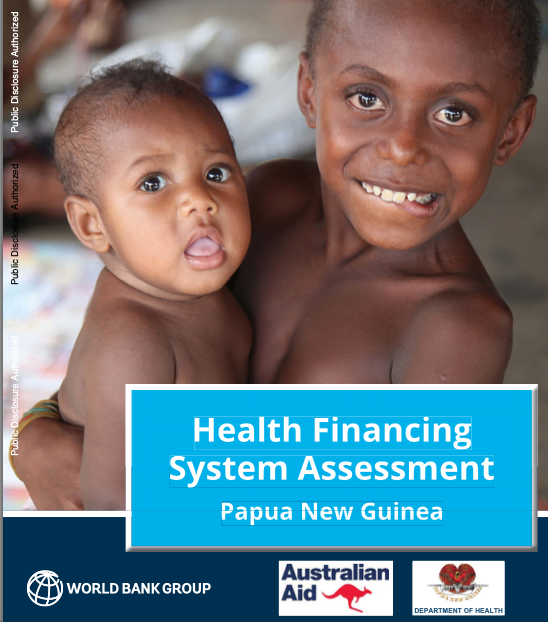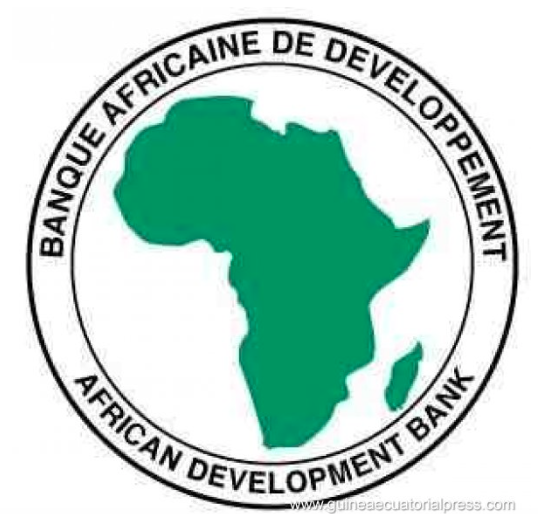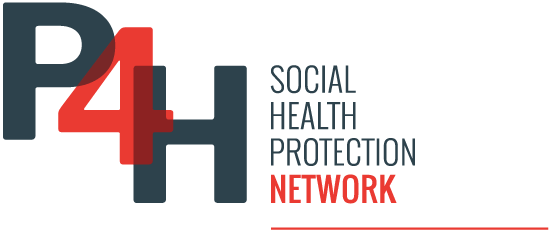CSU in Cameroon: Implementation status and outlook
In this Powerpoint document, you will have chronological information on the implementation of Universal Health Coverage in Cameroon according to the following structured plan: A BRIEF HISTORY I. STRATEGIC ANCHORING II. REVIEW III. ACCESS IV. COLLECTING CONTRIBUTIONS...
Cameroon: Minutes of the TFP health meeting of June 29, 2022
Introductory remarks by the WHO representative Follow-up to last meeting's recommendations Update on a global background mission Current status of CSU implementation and next steps Presentations on the Urban Governance for Well-Being Project Above is the agenda...

The National Health Plan 2011–2020 for Papua New Guinea is now available
NULL

Fiji’s Climate Change and Health Strategic Action Plan 2016-2020 is now available
NULL

A health financing system assessment for Papua New Guinea is available
This assessment evaluates the financial and institutional sustainability of health financing in Papua New Guinea.

President of Turkmenistan opened a 400-bed hospital funded by the state
On April 15, President of Turkmenistan Serdar Berdimuhamedov took part in the opening ceremony of a 400-bed multidisciplinary hospital in the city of Turkmenbashi, located in the western part of the country in Balkan velayat (the name of the region). The new health...

President of Turkmenistan opened new hospitals financed from state budget
President of Turkmenistan Serdar Berdimuhamedov took part in the opening ceremony of two new hospitals - the Multidisciplinary and Cancer Hospitals, built in the administrative center of the northern region of the country - the city of Dashoguz on Friday. The opening...

World Bank funds COVID-19 response project in Turkmenistan
The United Nations Development Program (UNDP) in Turkmenistan on Wednesday handed over another batch of test systems for PCR diagnostics of COVID-19 to the Ministry of Health and Medical Industry of Turkmenistan. According to a UNDP press release, the consignment was...

UNDP funded medical supplies worth over $969,000 USD for Turkmenistan
Turkmenistan received medical supplies worth more than $969,000 US dollars this week to as part of fight with COVID-19. The United Nations Development Program (UNDP) funded the purchase of and handed over medical goods worth more than 969 thousand US dollars to the...

By changing the Tax Code, Turkmenistan raised excise duty on tobacco by 25%
Turkmenistan has raised excise rates on tobacco products, as well as on other manufactured tobacco and industrial tobacco substitutes. Changes to the excise rates were made in accordance with the Law of Turkmenistan “On Making Addenda and Amendments to the Tax Code of...

ICU equipment worth $222 300 USD was funded by the World Bank for Turkmenistan
The United Nations Development Program (UNDP) donated medical equipment for intensive care units to the Ministry of Health and Medical Industry of Turkmenistan, as announced by UNDP this Monday. The batch was donated as part of the “COVID-19 response in...
Fiji: Climate change and Health Strategic Action Plan 2016-2020
Climate change is a big concern for Fiji. It has a direct impact on these island states because of their geographic location. Therefore, the government saw it fit to address climate change as a health concern and developed this plan as a response. The document was...
Papua New Guinea: National Health Plan 2011–2020
Papua New Guinea faces many challenges to their rural healthcare system, especially important considering most of the population lives in rural areas. To address these deficiencies, the government created a 10-year National Health Plan. Regarding health financing,...
National Health Development Plan 2021-2025
The document includes the programmatic framework of the National Health System and includes four priority programs: equitable access of the population to quality health services, health safety, emergencies and catastrophes, health promotion and strengthening of the...

African Development Bank approves $10 million investment for Africa
In order to respond to the growing demands for affordable, quality healthcare services in several sub-Saharan African countries, the African Development Bank (ADB) approved a US$10 million equity investment to the Razorite Healthcare Africa Fund (RHAF1), hoping that...
